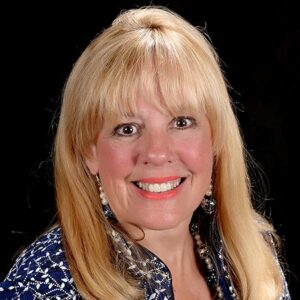Green is the New Gold
By Angel Pomales, Co-Host/Producer Spanglish Business Show,
The economy in the United States has been in a rollercoaster ride for the last twenty-five years. What used to be the medium—and continue—middle class population of twenty-five years ago is not the same middle class of today. The middle class in the 90’s used to make an average household income of around $50,000, and now it is only $59,039 according to the latest 2016 US Census Bureau.
You might say, what do we have in here? Well, for short, middle class has shrunk to almost extinction. Most people cannot live with this type of income anymore, thanks to credit cards and product advertisement. You see a product being advertised every second, ads are in your phone every time you look at it, they are on television, they are on the road, they are in the local market, in the bank, in schools, even in the church to be honest. We have forgotten to take control of our own emotions when it comes to spending money.
Why is green the new gold? Because, nowadays, every hard-earned cent in your pocket is very valuable. Have you noticed how much it will cost you to dine out in a nice restaurant with your significant other? How about a pair of sneakers that cost about two or three dollars to make in South Korea? You could be paying about one hundred dollars in the United States! Or a simple light bulb for a car can cost you seven, ten or even twenty dollars, but it only takes a few cents to make, if that. Every cent in your wallet counts! If you add all the expenses that you can incur every month in just simple things that you might think you need you—yes, you, my friend—reading this article will be in total shock.
When tax time arrives, and we see that federal return check, our eyes turn into snake eyes, and our brains start to say, what do I need to buy now, instead of how I can save my money now. We get “Hood Rich” for a while—like a friend of my mom says—when we get that nice tax return. But quickly, after just a few days, we are back where we started because we have spent all the money in things that we didn’t really need.
Nowadays, more important than ever, it is to learn how to save money for the future, budget for what is really necessary, spend those hard to earn green dollars wisely, and train your mind not to be an impulse buyer. Instead, train your mind to buy only things that you really need! Trust me, it works! But, like every time you try to learn something new, you need to practice and to be persistent, otherwise it might not work. Remember that nowadays your hard-earned green is your new gold!

